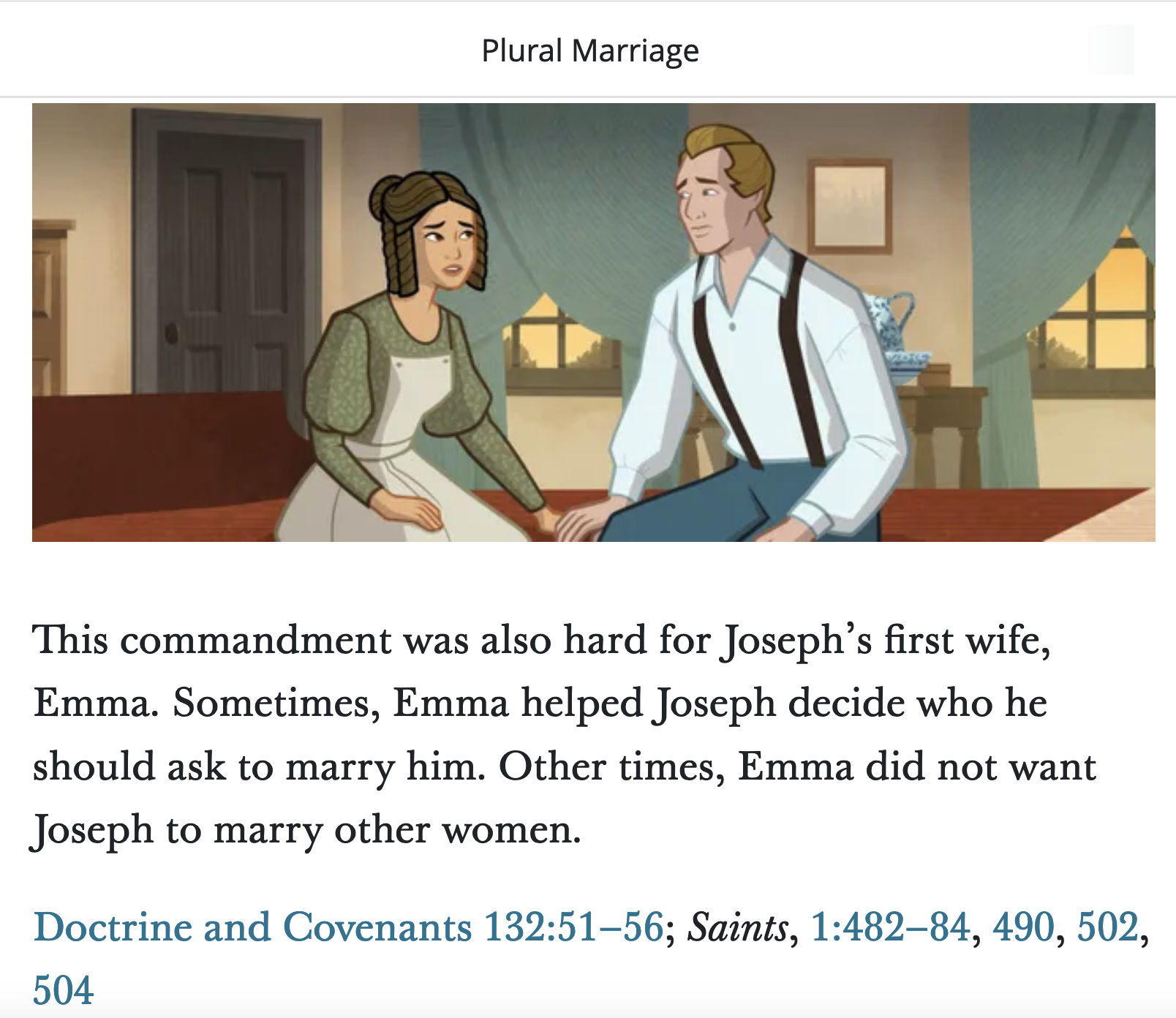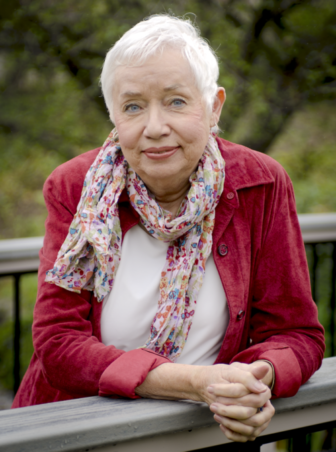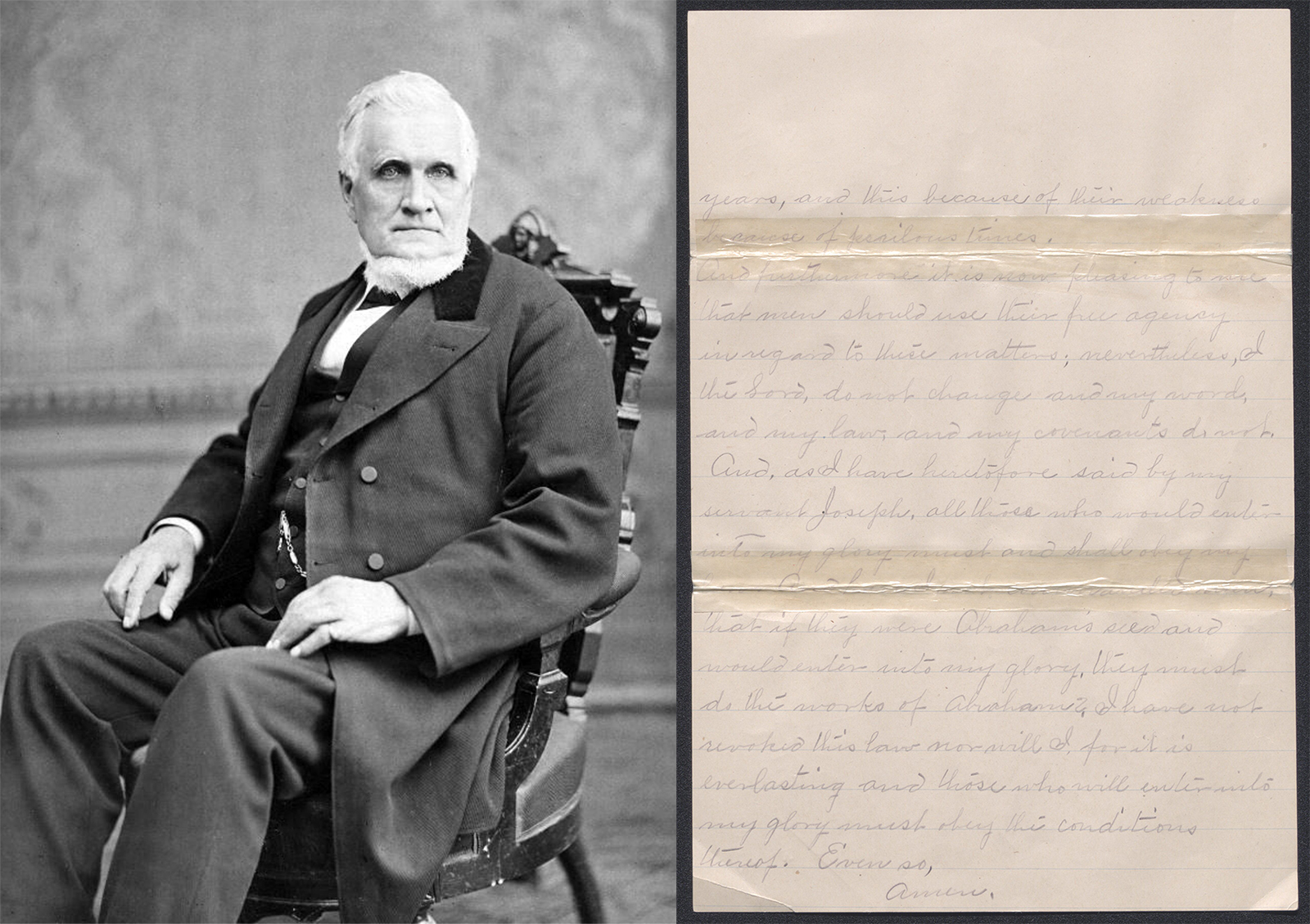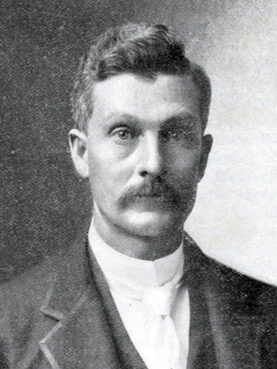It is not the communist polygamy that Engels speaks of as existing prior to the privatization of property relations. That form of common property holding was held by women, and was the basis of matrilinear descent.
Nor is it polyamoury the movement begun in the sixties with the writings of Robert Rimmer and Robert Heinlein. The new ployamoury movement is about equality, and open marriage, a recognition that monotheism=monogamy. While real human relationships are communal, cooperative and voluntary. It is the libertarian ideal of Free Love taken to its logical communist conclusion.
See my aticles: Marx on Bygamy and What Has Love Got To Do With It.
So polygamy is back in the news again..... Whats interesting is that it is being discussed in the context of rights. Womens and childrens rights versus religious rights (of the religious right, since Mormons are strong supporters of the neo-con right). The B.C. government avoids the religious issue by dealing with it as a criminal case of abuse.
Polygamy violates rights: Ottawa
Study says Canada breaking international law by turning blind eye to polygamist communities
A Canadian report says that the country's laissez-faire attitude towards a polygamist community violates its obligation to protect women and children.The practice of polygamy is illegal. But men in the Fundamentalist Church of Jesus Christ of the Latter-Day Saints have been allowed to have multiple wives without prosecution, Canwest News Service said.
"Polygamy is a violation of international law," Rebecca Cook, a University of Toronto law professor who wrote the report, said. "Canada has an obligation as a matter of international law to take all appropriate steps."
Her report was commissioned by the former Liberal government.
BC attorney general says he's more worried about sex assault than polygamy
But what about the boys eraised in polygamous marriages?
Global Televsion does a documentary on the fact that patriarchical religious polygamy replicates the pack tradition of other species like male lions, where the old men chase away the younger men to keep their pride to themselves. As it is written in the Old Testament. All the patriarchs who had multiple wives were the old men of Judah.
There was one exception, to David and the patriarchs practice of polygamy. Solomon who was crowned by his mother and who practiced a different kind of polygamy, one that recognized the power and prestige of the priestesses of the Goddess cults that surrounded Jerusalem. Solomon was a matriaist, and followed matrilineal descent for his power base, hence Israel was finally at peace with its neighbours and Solomon could build the famous temple that would become the icon for all time for the power of Israel within Jewish and Christian mythology. See my article: Historical Revisionism'Lost boys' of polygamy tell their stories
It's simple arithmetic in polygamous societies such as Bountiful, B.C. Some men get many wives, others get none.It's usually older men who get second, third and sometimes more wives -- brides who are usually teenagers.
Left behind are angry, frustrated young men. Not only can they not choose their mates, they have been told that it's against Church rules to date or even socialize with girls their age.
A few lucky young men do get wives. But it can feel like entrapment. One day they wake up and are told they're marrying a stranger for "time and all eternity" in the words of the fundamentalist Mormon faith's marriage ceremony.
Back in February the right wing neo-cons were outraged over the initial report that found polygamy did not violate Canadian laws because of the contradiction between religious freedom, something of course they demand we practice as long as its their brand of Judeo-Christianity, and criminal civil law. Hence the Cook report.
They used the inital report to denounce Canada's liberal same sex laws as leading to the decline of Western Civilization, that is the acceptance of polygamy. Except that they avoided dealing with ther simple fact that polygamy is based on the Old Testament testament teachings, whether it is practiced by Mormons, who like them are social conservatives, or by Muslims, who like them are Abrahamic patriarchs.
In the case of Stanley Kurtz he deliberately confused polyamoury with polygamy. His purpose was clear, to attack open marriage as advocated by the polyamourists, to attack free love, just as his predecesors did a century ago when they attacked the free love movement that was about allowing women the right to choose whom they married and the right to divorce. See my Happy Birthday Mrs. Satan.
February 03, 2006, 8:05 a.m.
Dissolving Marriage
If everything is marriage, then nothing is.Ultimate Goal
Bailey may not openly flog her ultimate goal of abolishing marriage in this report. Yet what Bailey’s up to is clear enough when she carefully describes a 1998 report by the British Columbia Law Institute in which a “significant minority” of members favored a “multiple domestic partnership” system detached from the patriarchal “baggage” of traditional polygamy. This is exactly what Bailey is hoping to establish. Yet she brackets the proposal by saying that at the moment there is “no demand” for such a system.Not so, as this 2005 Macleans article on Canadian polyamory explains. According to Macleans, polyamory “seems increasingly common” in Canada. And as organized polyamory groups proliferate, there has already been discussion “about creating a system of legal contracts around issues such as child custody and family rights.”
Since polyamory is free of the “patriarchal baggage” attached to traditional polygamy, most of the arguments against multi-partner unions in the four just-released polygamy reports would not apply. Of course there are arguments against polyamory, it’s just that liberal law professors don’t know how to make them. In any case, Bailey is shrewd enough to see that, if she can only get Canada to set aside its laws against polygamy, the goal of supplementing (and eventually replacing) marriage with a modern domestic partnership system (allowing any combination of number or gender) would be achievable.
I’ve focused on Bailey, while touching only lightly on the three other polygamy reports. Yet taken together, these four extraordinary documents launch a serious public debate about polygamy. (I’ll have more to say about the other reports in time.) The four Canadian polygamy studies are a time-capsule from the future, a preview of the argument we’ll be having should same-sex marriage be fully established here in the United States. Once we’re there, we’ll be well on our way toward “removing conjugality as a marker for determining legal rights and obligations.” Translation? By now I think you get it.
A marriage of many?
Is gay marriage a slippery slope toward legal polygamy, or are conservative warnings a red herring?
By RYAN LEE
Friday, February 24, 2006
Each time Dani Eyer attends a forum to advocate marriage rights for gay and lesbian couples, she knows the first question to expect at the end of her speech.
A 'Conservative' Shows Her Liberalism, Opposing Polygamy Rights
Date: Feb 16, 2006
Word Count: 3000 words
Cross-Reference: Debra Saunders, "same sex marriage", polygamy rights
Three's a crowd, four's a marriage
*HBO's "Big Love" probes the polygamists next door. It's family values of the provocative kind.
Find blog posts, photos, events and more off-site about:
polyamoury, free-love, polygamy, Mormons, Bountiful, B.C., Utah, mormonism, old-testament, Katz, Cook, Government, Canada, parliament, Liberals, Conservatives, child-abuse, women, open-marriage, saame-sex-marriage, gay-marriage, gay, Rimmer, Heinlein, Solomon, Abrahamic, patriarch, patriarchical, Engels, Marx, communism,













